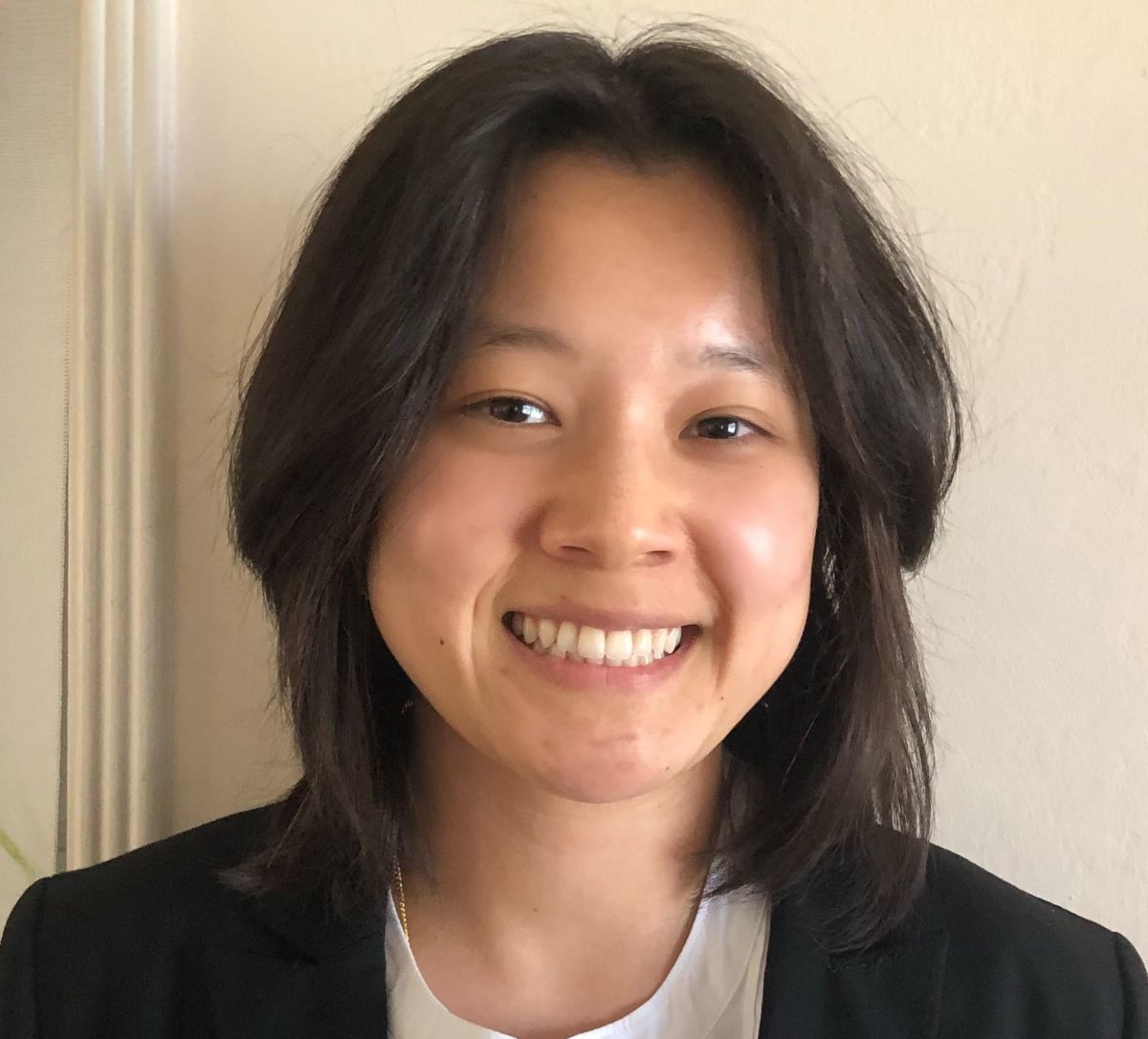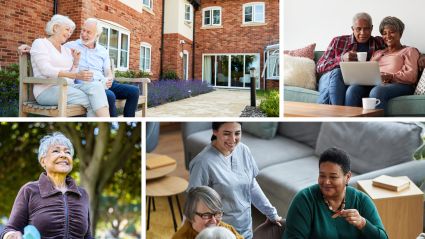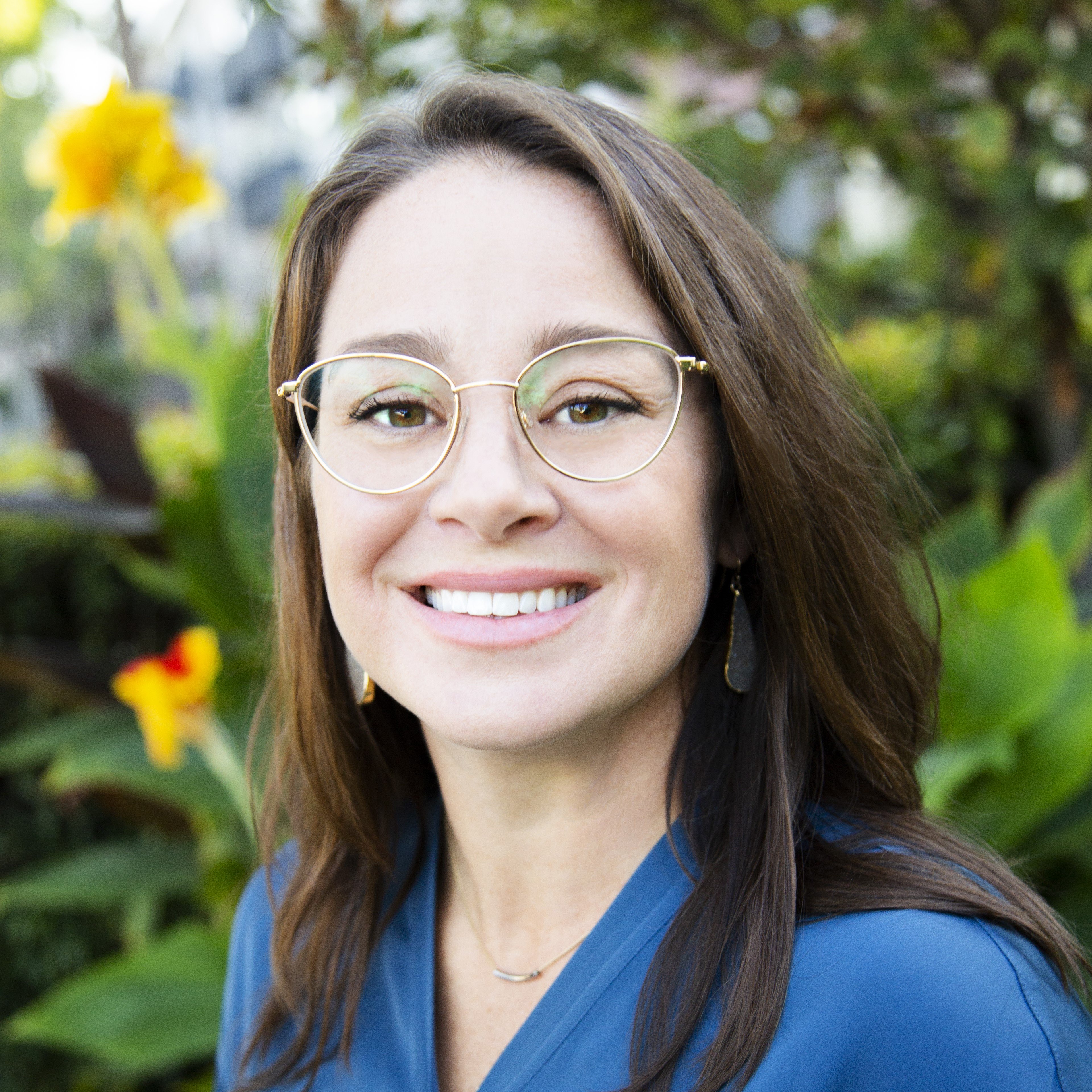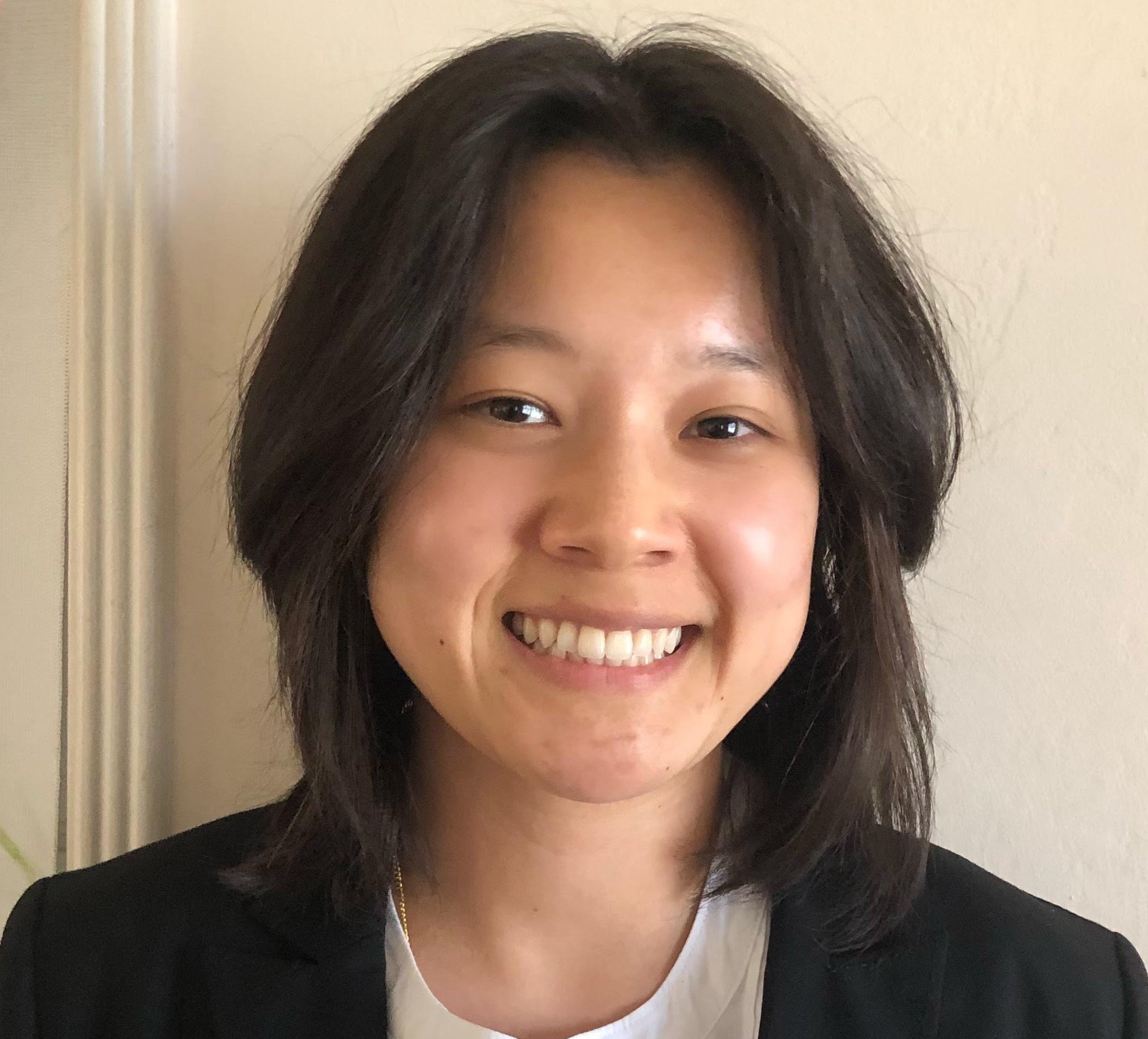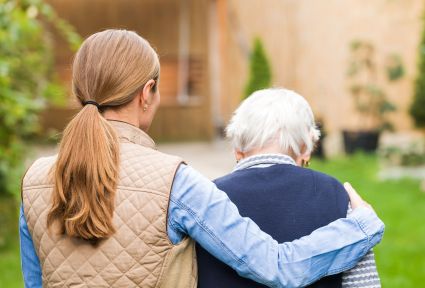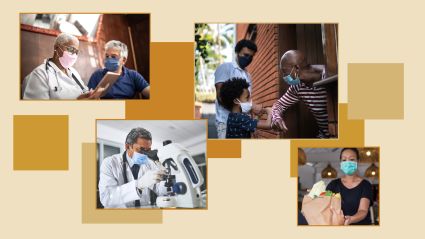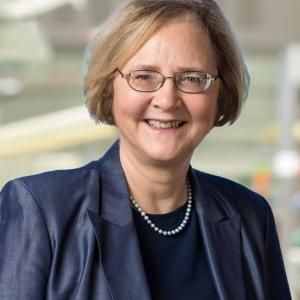Insights from the former secretary of Housing and Urban Development
This article is the eleventh in a weekly joint series on “The COVID-19 Pandemic and the Future of Aging” from the Milken Institute Center for the Future of Aging and Next Avenue. The articles are Q and As with thought leaders in fields ranging from health care to retirement planning to work to intergenerational relationships.
Milken Institute Center for the Future of Aging: What are the potential impacts of the pandemic on local communities, and what can be done to prevent evictions and displacement as a result of the economic downturn?
Henry Cisneros: The potential impact of COVID-19, from a housing perspective, is immense. Because of the interdependency of our economy with health, well-being, and housing security, we have yet to see the full extent of the effect on older adults. When renters can’t afford to pay bills, landlords cannot pay banks, and banks report increasing non-performing loans, the problems ripple through the economy and society at-large.
Cities are shifting funds to support the pandemic response and away from affordable housing programs. The lack of coherent federal action to provide emergency relief for cities and states will have a lasting impact. Services in urban areas will be strained or cut entirely if they don’t receive meaningful support to cover those costs. Older adults will be at risk, losing affordable housing options and facing increased likelihood of eviction and homelessness.
When the current moratorium on evictions ends, we will see this crisis accelerate. It will further strain our cities’ support systems, including health care and social services.
We need to address these issues by emphasizing the primacy of housing for all individuals as a central place to receive wraparound services, such as health care, food assistance, and social supports. At the same time, we must reinforce programs that keep affordable housing options open as the needs and demands increase.
What policies and practices should be implemented to improve housing access and options for older adults, and how should COVID-19 change thinking in that regard?
Housing access and affordability were crises before COVID-19 struck, and the challenges will become even greater in the wake of the pandemic. There is a growing need for more forceful policy interventions like subsidy programs for low- and middle-income homebuyers, mandates for affordable housing options, rental supports, and tax incentives to stimulate action. These programs address disparities for a variety of communities and are vital in supporting older adults.
We have concrete examples of local government innovation. For instance, in Atlanta, property tax increases put older individuals who were aging in place with fixed incomes at risk of losing their homes. The former mayor, Kasim Reed, instituted a city fund to financially support vulnerable, low-income older adults to cover those costs. Creative policies, including financial solutions that support affordable housing, will help us build robust communities that are inclusive of older adults. The COVID-19 crisis is adding another powerful reason for leaders and individuals across all sectors to stop, think, and exercise judgment about what communities need to do to accommodate the realities of a changing and aging population. This is about more than just building another residential development. We need frameworks for looking at homes not only as places to live but as focal points for health services, mobility, connection, and care.
The shortfalls in our housing and care systems for older adults have been brought into stark relief during the pandemic. Does this crisis present an opportunity to reimagine communities that integrate and support older adults living in a range of environments?
One of the most important ways we can adapt and grow from this crisis is looking at how we define infrastructure in cities.
The traditional concept only encompasses roads, water, power, and other basic utility programs. It’s time to expand that definition to include social infrastructure. We need to start looking at connections between housing, care, and other services as part of supporting the health and well-being of all residents, especially older adults. This new future of infrastructure should encompass hospitals, schools, senior centers, libraries, and other community facilities.
One model that we are seeing around the country that embraces this approach for older adults is known as naturally occurring retirement communities, or NORCs. While NORCs were not developed as purpose-built communities for older adults, they are areas where older adults make up a large proportion of the population.
The organic growth of these communities is creating unique opportunities to address their residents’ needs. NORCs are supporting vulnerable older adults with community-level programs, changing everything from policing practices to nutritional and social engagement programs. This NORC-style of service delivery is beneficial for everyone and serves as a model that can be applied in communities across the country.
We have a local example here in my city, San Antonio, Texas. The current crisis forced city officials to start thinking differently. They needed to continue providing care for individuals being treated for COVID-19 but also to reach out to those who needed chronic or rehabilitative care for other conditions. So, they decided that a new municipal bond, funding expansion of a hospital, would not support a new wing or tower in the hospital’s main location but instead create a more dispersed system with neighborhoods as the anchor. This approach will enable older adults to receive care in their own communities, easing access, reducing transportation barriers, and fostering relationships and trust. When paired alongside a network of other services, models like these will improve outcomes for people of all ages.
We were thinking about many of these possibilities before the pandemic, but now we are putting them into action to create beneficial change in response to it.


